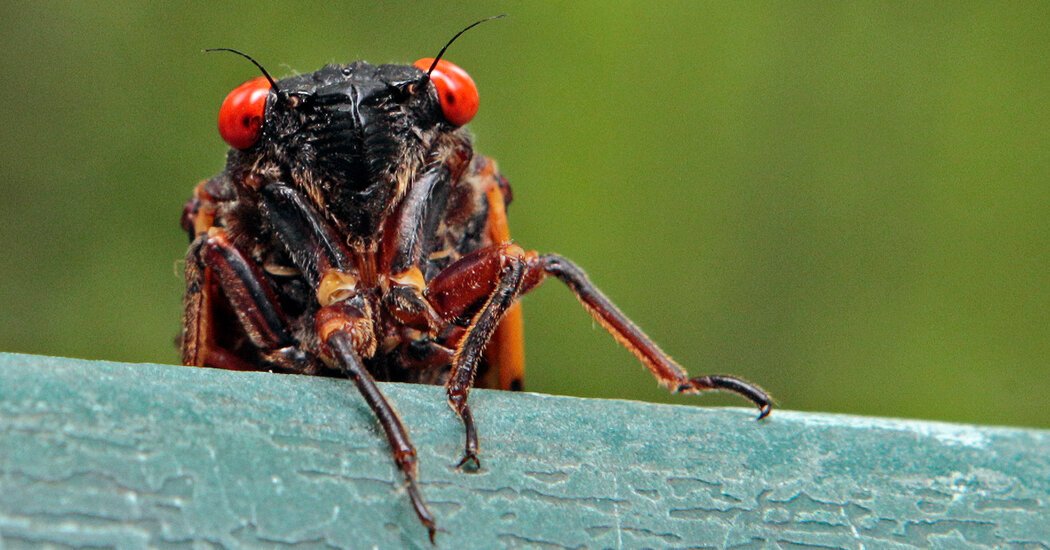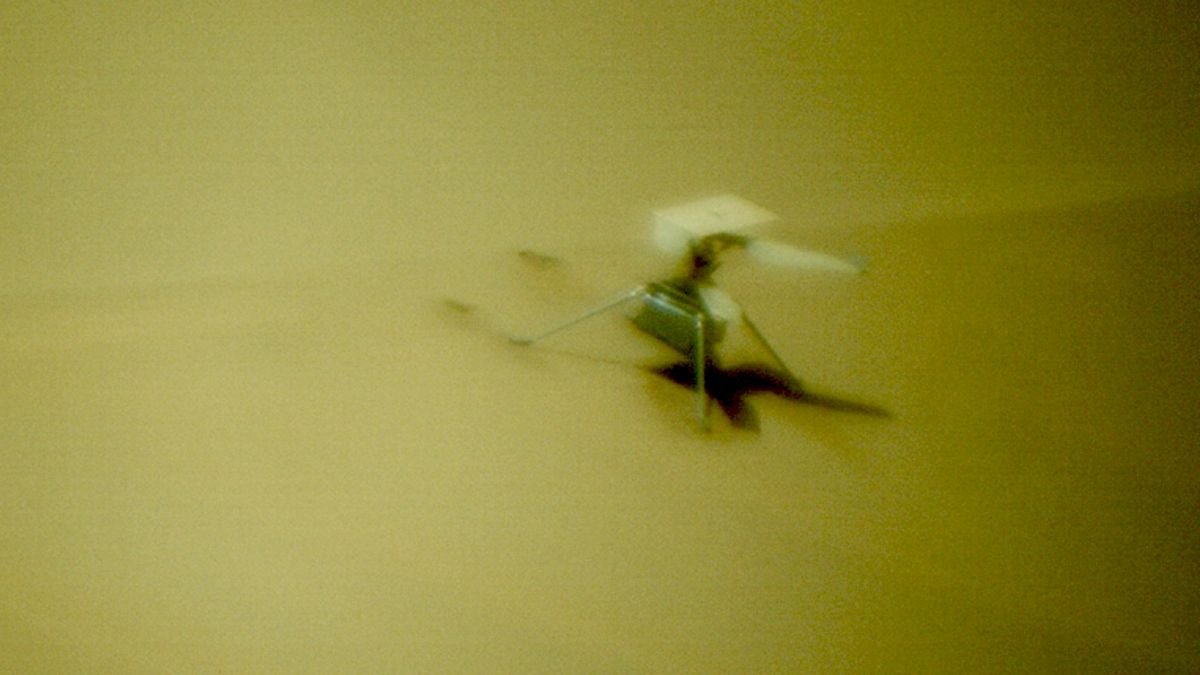If you have boxwood plants in your yard or neighbourhood, there’s an invasive pest you need to be on the lookout for this spring.
The box tree moth is an invasive species that can decimate boxwood plants — going from larvae to caterpillar devouring the plant, only to turn into a moth, fly away and continue the cycle.
The Canadian government issued a warning last week about the pest, and some common remedies for them are in short supply in cities like Windsor, Ont.
“The good thing is that the pests only feed on boxwood, so there’s no chance it’ll run through all of your landscaping,” said Sandy MacDonald, a horticulture professor at St. Clair College.

“We are undergoing a very serious problem with our boxwood plants and that encompasses all boxwood, all different varieties of boxwood.”
WATCH: What home gardeners need to know about the box tree moth:
The box tree moth is in southwestern Ontario, and its caterpillars could wreak havoc on your shrubbery. Sandy MacDonald is a professor in horticulture at St. Clair College, and he sheds some light on the invasive pest and what gardeners need to know.
This year’s box tree moth season started early, MacDonald said, because of the warm weather in the region. We can also expect to see a second generation of box tree moths in July or August, and some can even overwinter, he says.
At first, he said the insect may be smaller and there will be some patterning on leaves. But as the caterpillars grow, they can decimate the boxwood’s foliage and even small branches.
“There’s not a really good substitute for boxwood. We’ve planted it extremely extensively in our landscapes throughout our province. There are literally millions of them,” MacDonald said.
“I think this is something that we’re going to expect to deal with now for a good decade at least.”
Box tree moth poses a threat to landscape industry
The box tree moth, an invasive species, was found for the first time in North America in Toronto.
Today, it’s confined mostly between Windsor and Toronto and the Niagara region. However, last year the box tree moth was found in Quebec, Nova Scotia and New Brunswick.
Colin Cassin is a policy manager with the Invasive Species Council.
“So there’s some considerable economic interests at stake here, because the those caterpillars are voracious insects, voracious eaters, and they do cause plant mortality or kill the box trees as they find them,” Cassin said.
“They’ve been widely used for many, many decades in terms of their use in the landscape. People are used to seeing them, people are used to requesting them and they are grown here in Ontario and they’re exported … it does pose a threat to that sector, to that industry.”
Jeanine West is the grower technical analyst with Landscape Ontario. She says the impact of the pest has “actually been quite devastating” for the nursery sector.
“There’s been a significant loss of sales and the ability to ship to the U.S. has been affected,” she said.
“There’s a ban on shipping boxwood from Ontario from infested areas into the U.S. and so that has been a major hit as as we had a very large and healthy export market for boxwood plants.”
Some possible remedies for home gardeners
If you have boxwood shrubs in your garden and want to keep the pests at bay, there are a few things you can do, MacDonald says.
The first thing is to start taking a close look at your boxwood plants, even if they appear healthy.
“Just sort of pry it open a bit and to check inside for a kind of white webbing that might be one of the first things you would see.”
Unfortunately, there’s no preventative measures gardeners can take. But there are a number of remedies once you have the box tree moth, he added.
The first thing MacDonald says gardeners can explore are nematodes, a “small worm-like creature” that are environmentally friendly and non-toxic.
But he cautioned they have to be applied throughout the plant and at the end of the day to work.
“Secondly, which is probably the most popular one now and which is also becoming very much in short supply, is a product called BTK … this is a natural occurring bacteria that can be found in soils and it will destroy the pest from the inside out.”
Finally, MacDonald says there’s pyrethrin spray, a botanical insecticide.
“It actually will destroy the larvae very quickly. In fact, usually within one hour they are falling right off the plant,” he said. “This can have some environmental side effects, but it still is a very, very safe product.”









